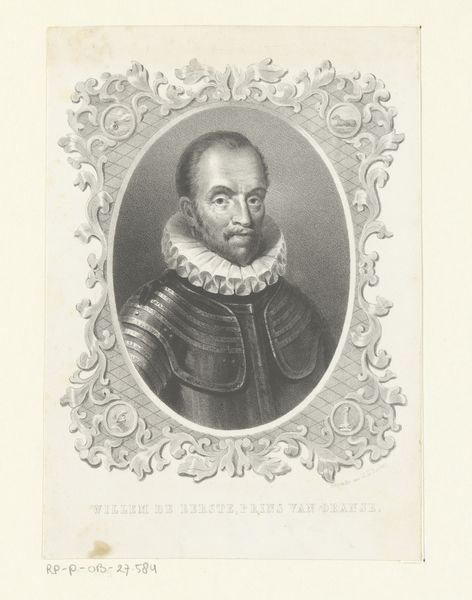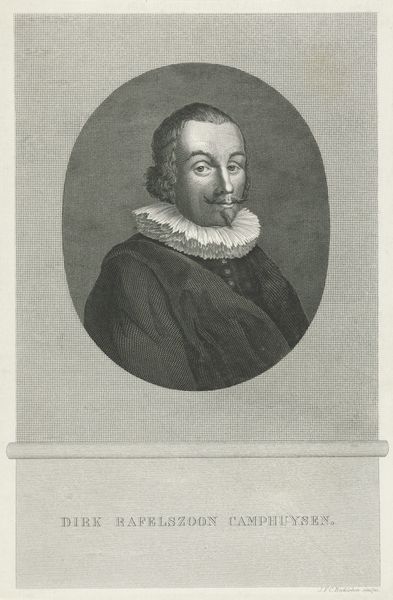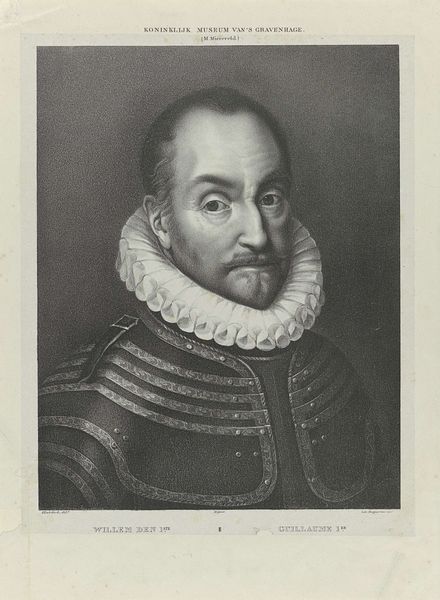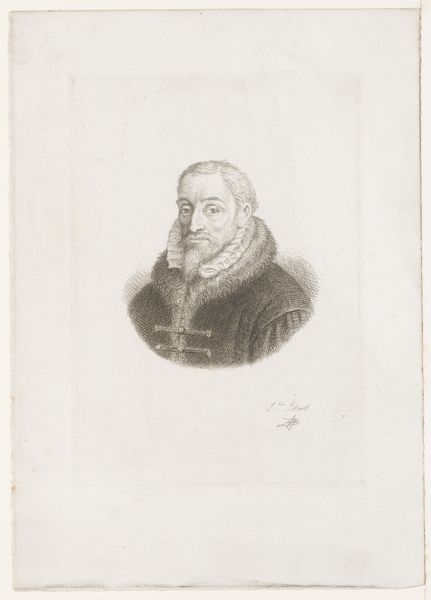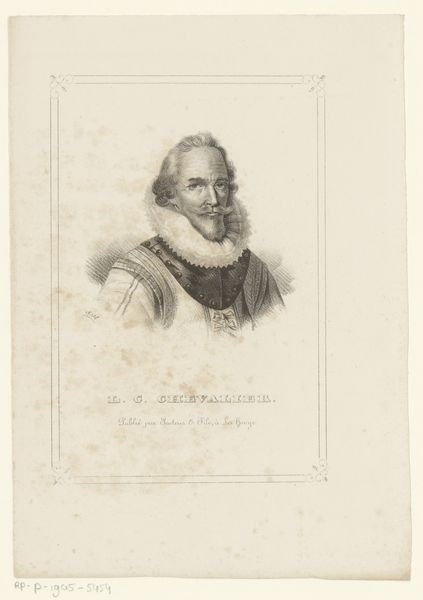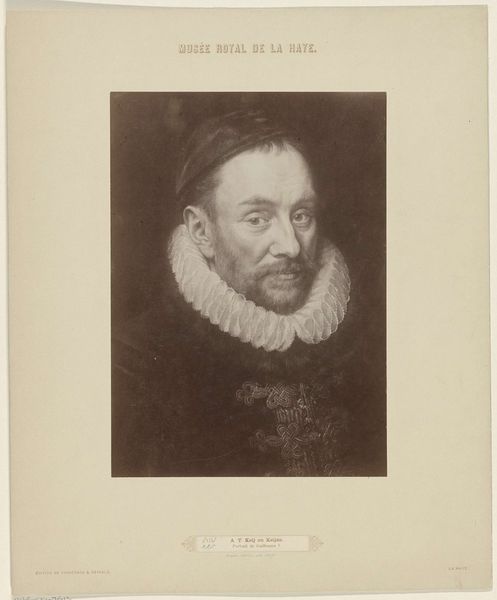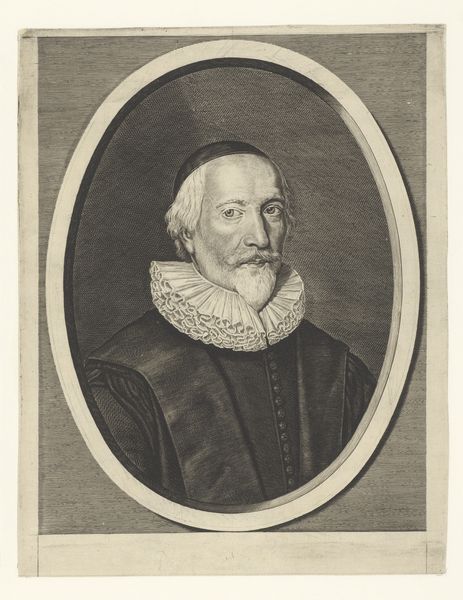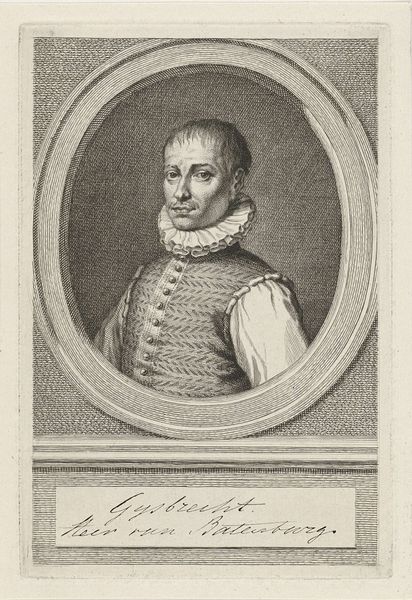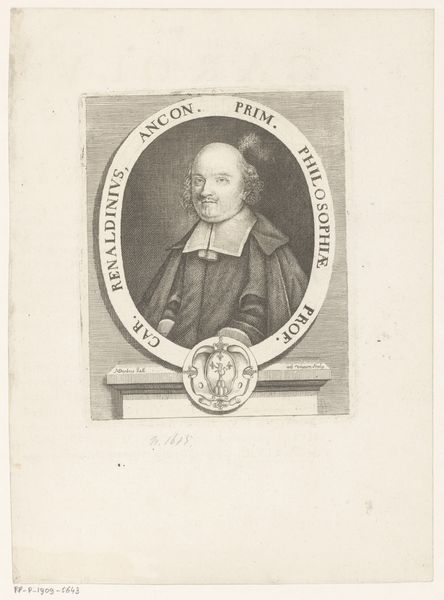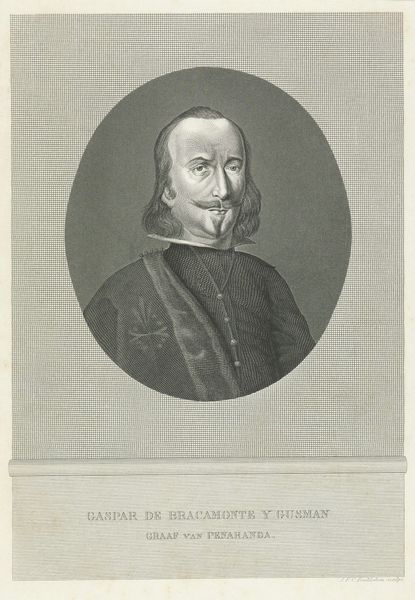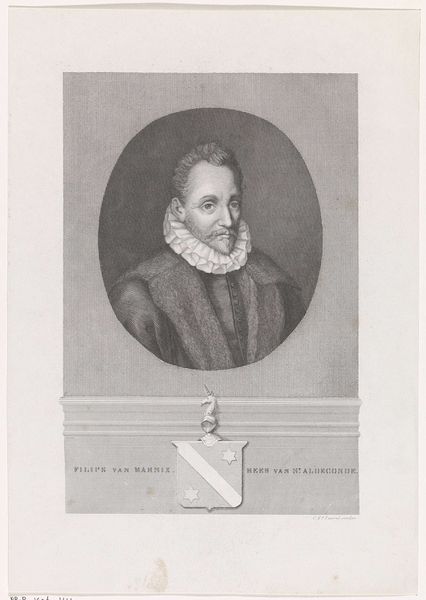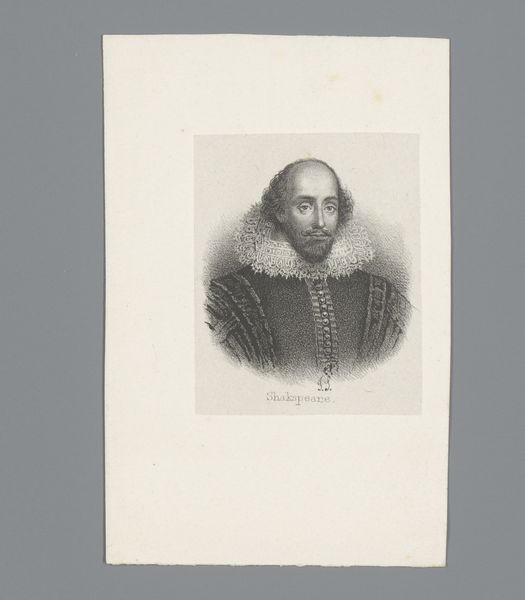
print, photography, gelatin-silver-print
#
portrait
#
aged paper
#
toned paper
# print
#
photography
#
gelatin-silver-print
#
history-painting
#
realism
Dimensions: height 224 mm, width 152 mm
Copyright: Rijks Museum: Open Domain
Curator: Hello, and welcome. We're standing before a gelatin silver print, an aged photograph that captures the likeness of Willem I, Prince of Orange. Though attributed to an anonymous artist, its creation dates roughly from 1850 to 1930, a fascinating period for the evolution of photographic portraiture. Editor: Immediately, I'm struck by the muted tones, the almost ethereal quality of the print. It's as if we are gazing at a memory, a ghostly echo from a distant past. It's intimate, though the subject is anything but a simple character. Curator: You've got a keen eye for mood. There's something quite vulnerable here, don’t you think? Forget the grand history; this is just a person. Yet, we are dealing with an extremely powerful and consequential political figure. His fight for Dutch independence and religious freedom has so much weight. Consider the moment. This work appears long after his death. What work did this photographic print need to perform in that later period? Editor: Exactly! What's presented isn’t just a portrait, it’s a constructed image intended to inspire, justify, and maybe even obscure. The man is encased in metal armor—that choice echoes the importance of warfare for maintaining and wielding power during this time period. That stark white ruff makes his head appear to be floating. I almost feel manipulated as a viewer; the artist’s use of such iconic signifiers is manipulative! It pushes all the historical buttons. Curator: Perhaps all portraits of powerful figures carry that burden. Looking at the composition, though, it’s really all about the face, isn't it? The eyes especially… slightly weary, perhaps? Knowing his struggles, you can read so much into them, even through this distant lens of photography and time. It reminds me of how much the materiality of images shapes our interpretation, especially old images like this. What do you think this photography tells modern viewers today? Editor: That’s a great question! For me, it's about deconstructing the myths surrounding leadership, inviting viewers to engage critically with representations of power. Consider the source, consider the historical needs! Ask what values are being conveyed—the need for freedom, perhaps. We still want these today, but we must interrogate all sources that propose simple pathways to them. It offers a layered interrogation of how power is visualized and consumed. Curator: I love that take. I'll leave today considering images as both historical documents, and active interventions that inform our very ways of seeing. Thanks for adding depth to this reflection! Editor: Thank you! Hopefully, these images provide pathways for a greater dialogue between art and activism.
Comments
No comments
Be the first to comment and join the conversation on the ultimate creative platform.
